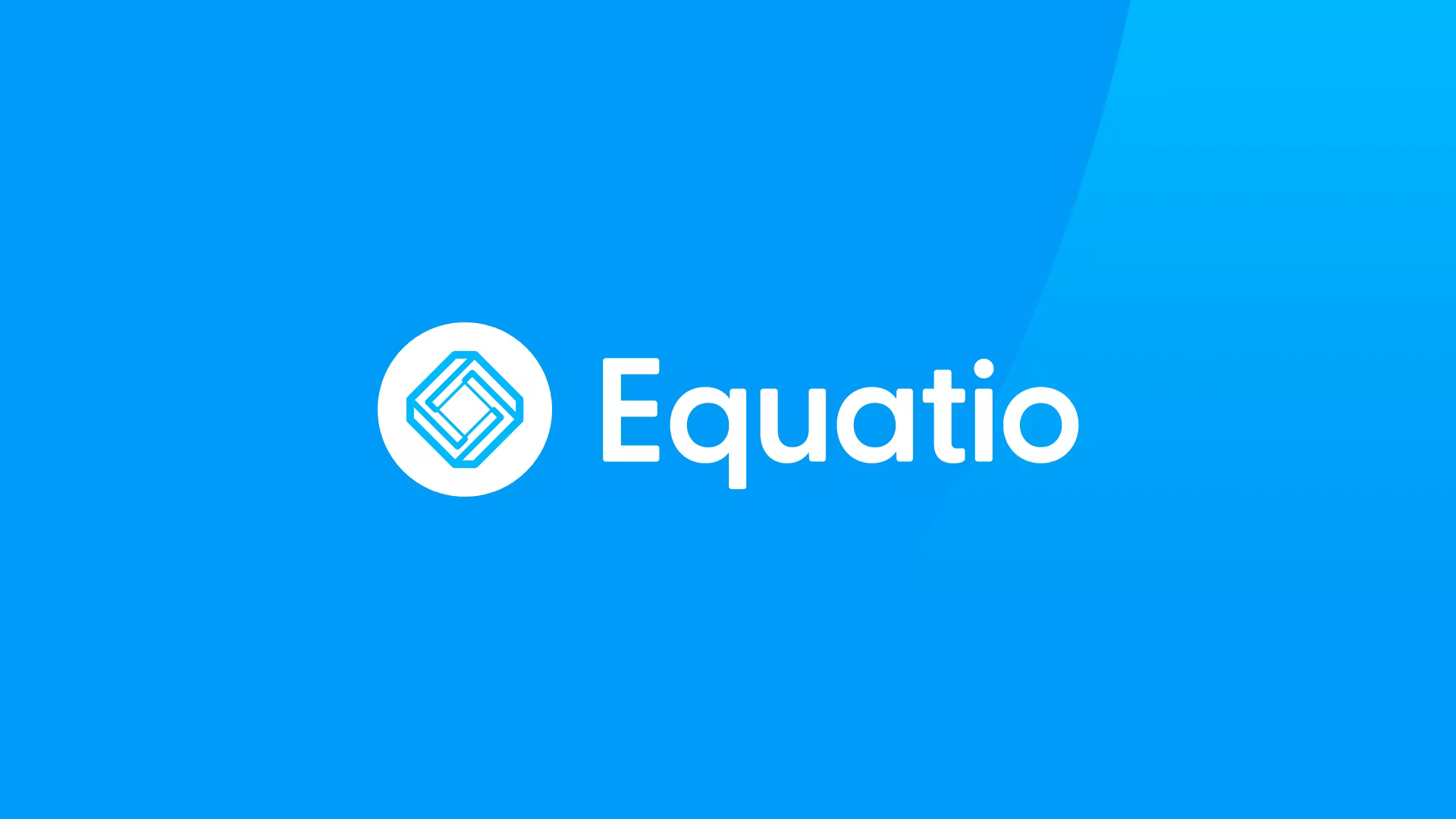Ready for a Virtual Course Management System?
Since they surfaced on college campuses a decade ago, online course management systems have grabbed the attention of the K-12 world. The first generation of systems, also called e-learning platforms, gave instructors a handy way to post homework assignments and supplemental resources
on the network. Today's offerings, no longer the sole domain of the ivory tower and far more robust than their predecessors, provide educators with an "e-parallel" for practically every single facet of the face-to-face classroom, from literary discussions and collaborative projects to "handing back" homework and administering tests. Many states and districts even use these systems to offer stand-alone courses, virtual schools, and professional development.
The appeal is obvious. For starters, teachers can streamline classroom management functions, leaving more time for actual teaching in physical classrooms. They can also use the platform to complement classroom instruction and even tailor the curriculum for individual students, affording many students the opportunity to engage more fully in their own learning. This is especially true for those who benefit from working in environments with less distraction and social involvement, homebound students, students living in remote areas, and those looking for expanded learning opportunities like Advanced Placement courses.
Course management systems, however, require a big investment of time, money, and support; they are not necessarily right for every district. Here is some initial guidance.
- Are your teachers committed?
The success of a course management system directly relates to teachers' commitment to learning and using the product. Teacher buy-in is vital. The majority of your teachers, whether weaned on the Internet or tenants of the old school, must (1) be convinced that use of a CMS will serve their students and save them time and
Data interoperability is critical. Can the rosters from the district student information system be easily integrated into the CMS without having to reenter data, for instance? Does the system work with open standards or proprietary APIs (application program interfaces)? Content interoperability, the ability to pass learning content from one system to another, is also important. The industry standard for this interoperability is called SCORM, or the Sharable Courseware Object Reference Model (for more infor-mation, see www.rhassociates.com/scorm.htm). Regarding SCORM, be sure to ask the following questions: Is the system SCORM compliant?
The Style Manager feature in eClassroom's AU+ Course Management System lets teacher's customize the look and feel of their courses.
Tools and ideas to transform education. Sign up below.
- Can the school develop, integrate, and maintain required software applications internally?
- Does the school have an IT staff that can regularly and reliably support the technical needs of virtual learning students and teachers?
- Does the school have the hardware resources (i.e., servers) to host virtual learning applications internally? Does the current network configuration account for escalating levels of scalability and reliability?
Students using the Blackboard Academic Suite can showcase their work in one place using the e-Portfolio tool.
The WebCT Vista 3.0 gradebook automatically calculates key stats such as average, median, and standard deviation.
Crai S. Bower, a former educator, is a freelance writer based in Seattle.
User Feedback
"We use [our CMS] to stream video," says Tia Washington-Davis, information technology coordinator for Prince George's County Public Schools in Maryland.
"We use it to post homework, for lesson information, and communication with parents. We have e-organizations and teacher-made courses running with all sorts of information being shared."
Open Source Options
Can't afford a commercial CMS? Try an alternative.
Many educators might be pleasantly surprised to learn that free open source CMSs exist. For example, .LRN, which had its beginnings at the Massachusetts Institute of Technology 10 years ago, offers most of the features of the commercial CMSs. A significant advantage of this software is that educators throughout the world have the ability to continually add improvements and features (each of which is reviewed by a qualified consortium). As with most open source software, however, these systems are not considered as user friendly or easy to manage as their for-profit counterparts. One approach might be to try out the program first — after all it's free — and get a sense for whether it will work for your school.
In addition to LRN (dotlrn.org), other free course management tools include Moodle (www.moodle.org), Eledge (eledge.sourceforge.net), and Jones Advisory Group's Jones e-education software (www.jonesadvisorygroup.com).
Buyer Tips
Five CMS selection strategies
- Visit www.edutools.info/course for reviews of CMS and other e-learning products.
- Take advantage of trial versions before making the commitment. Use with both tech-savvy and tech-challenged educators.
- Create a teacher committee to help with the selection process.
- Make professional development and teacher buy-in a top priority.
- Consider trying the open source software first to test run the CMS and determine which components are most important for your environment.
